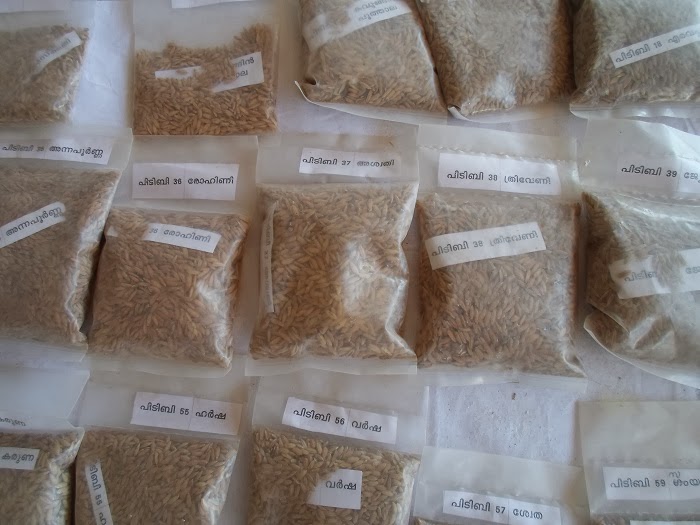Amazing natural farm of Masanobu Fukuoka
----------------------------------------
Here are some photos of amazing natural farm of Fukuoka. These photos were given to Raju Titus of Hoshangabad,MP during Fukuoka's first indian visit. Not sure,how does the farm looks now.
Fukuoka had rice,wheat,rye, mandarin oranges and vegetables. He didn't plough his field and applied straw and chicken manure as fertilisers. There was no need for any insecticides and his rice field was one of the top yielding.
Fukuoka had cultivated happy hill rice which he had developed in his fields. According to Fukuoka, "I have created, together with the insects in my fields, a new strain of rice I call "Happy Hill". This is a hardy strain with blood of wild variants in it, yet it is also one of the highest yielding strains of rice in the world. If a single head of Happy Hill were sent across the sea to a country where food is scarce and there sown over a ten-square-yard area, a single grain would yield 5000 grains in
one years time. There would be grain enough to sow a half-acre the following year, fifty acres two years hence, and 7000 acres in the forth year.This could become the seed of rice for an entire nation. This handful of grain could open up the road to independence for starving people".
Fukuoka cultivates Rice from May to October and Wheat from November to May, basically two grain crops which takes the entire year so that there is no gap between crops. It is important that there is always crop in the field, so that weeds does not get a chance to comeup. Some weeds are OK, but it should be minimal.
In early or mid-October, clover seeds are sown over standing heads of rice, then about 2 weeks before harvesting rice, Barley/Wheat seed is sown. White clover is used as a leguminous cover crop which enriches soil with nitrogen and also checks the weeds. Being leguminous white clover can be controlled by holding water in the field and this weakens clover but does not affect rice/wheat/barley which belongs to the grass class. Sowing Barley/Wheat before harvesting of Rice is very important since it allows the Barley/Wheat to germinate early so that weeds are held back. If Barley/Wheat is sown after harvest, then weeds also will be germinating along with Barley/Wheat. Once the weeds are established controlling them is difficult. Also the most care is needed for crops at the young stage and at this stage if there is competition from weeds, then crop will affected badly.
Similarly rice seeds in clay pellets are sown over the wheat/barley before harvest along with white clover.
Fukuoka cultivated orange with just using white clover as leguminous cover. Vegetables also were cultivated in the orchard.
From the photos you can find that it is an extremely productive farm, even though there was no-tilling, no-fertilizing, no-weeding and no-insecticides.



































































